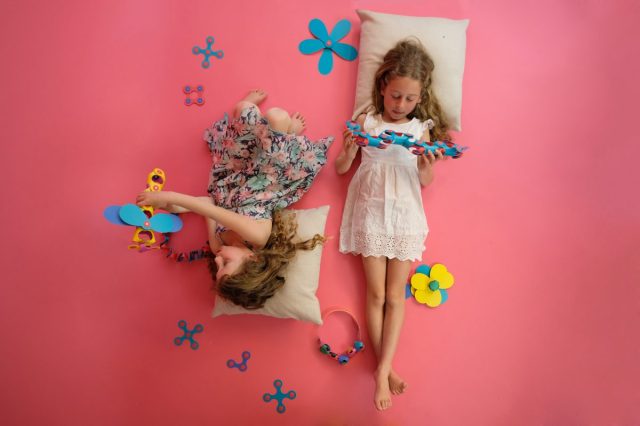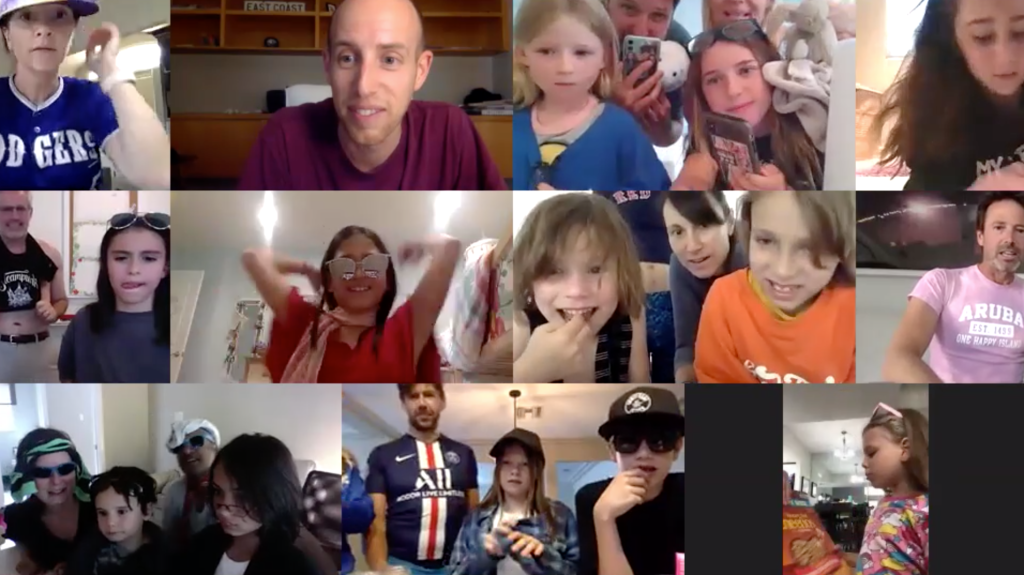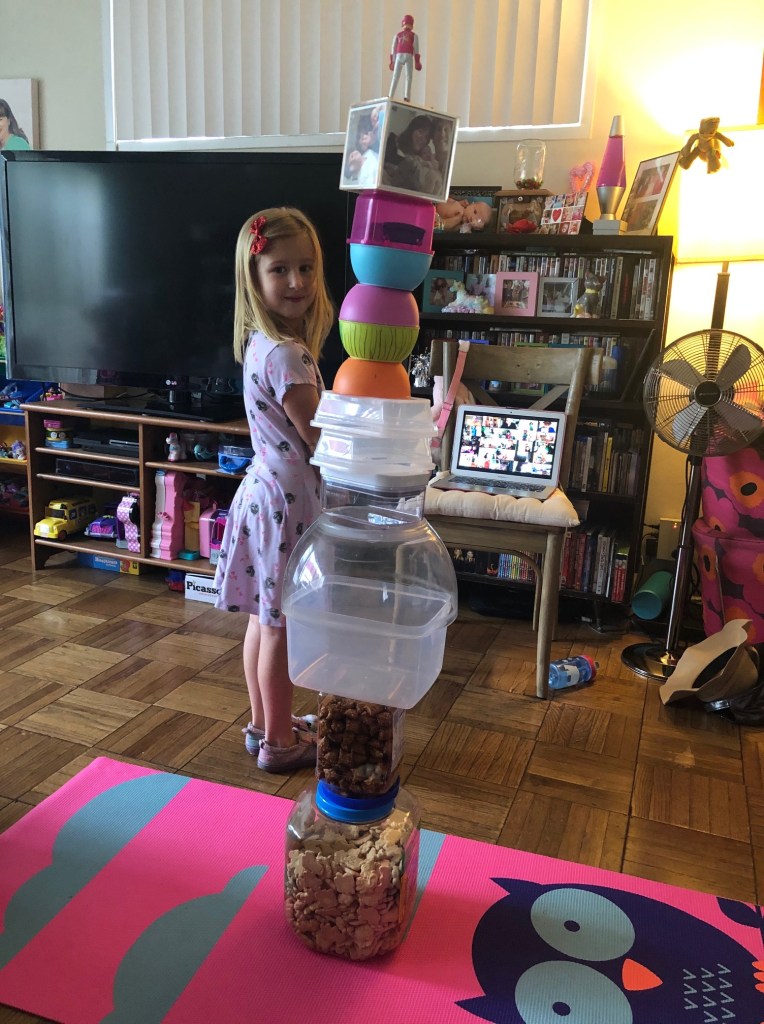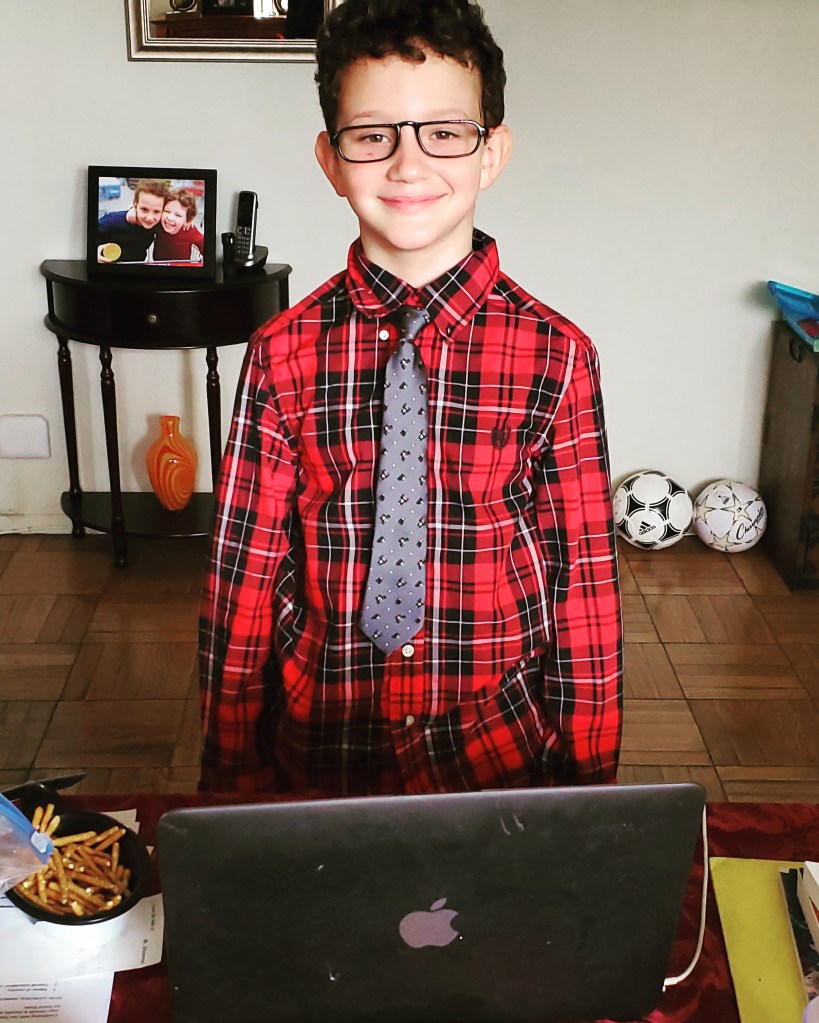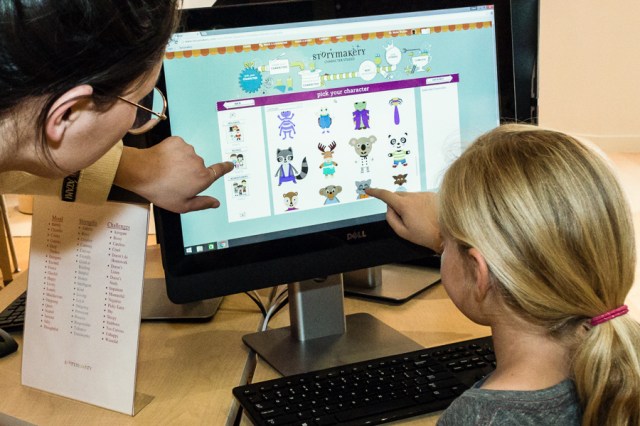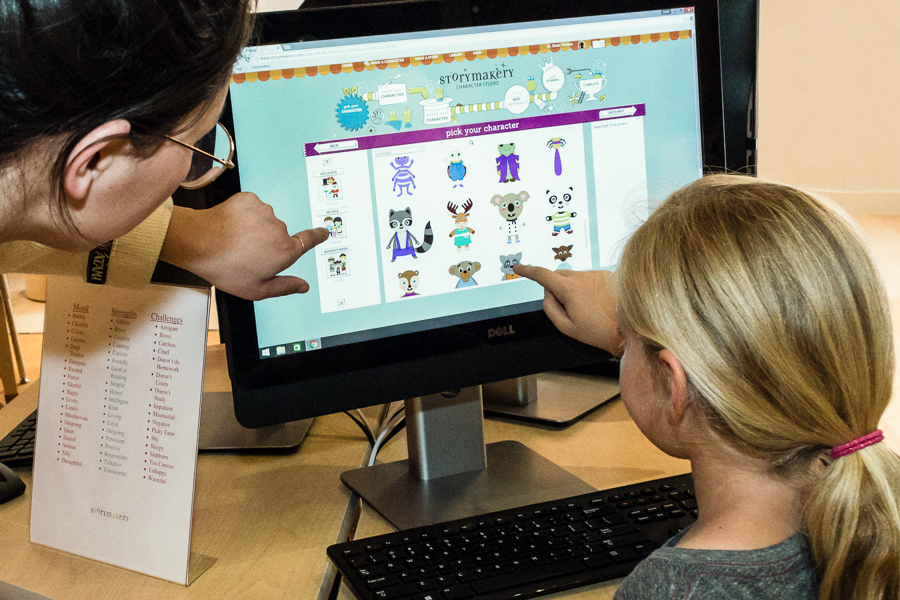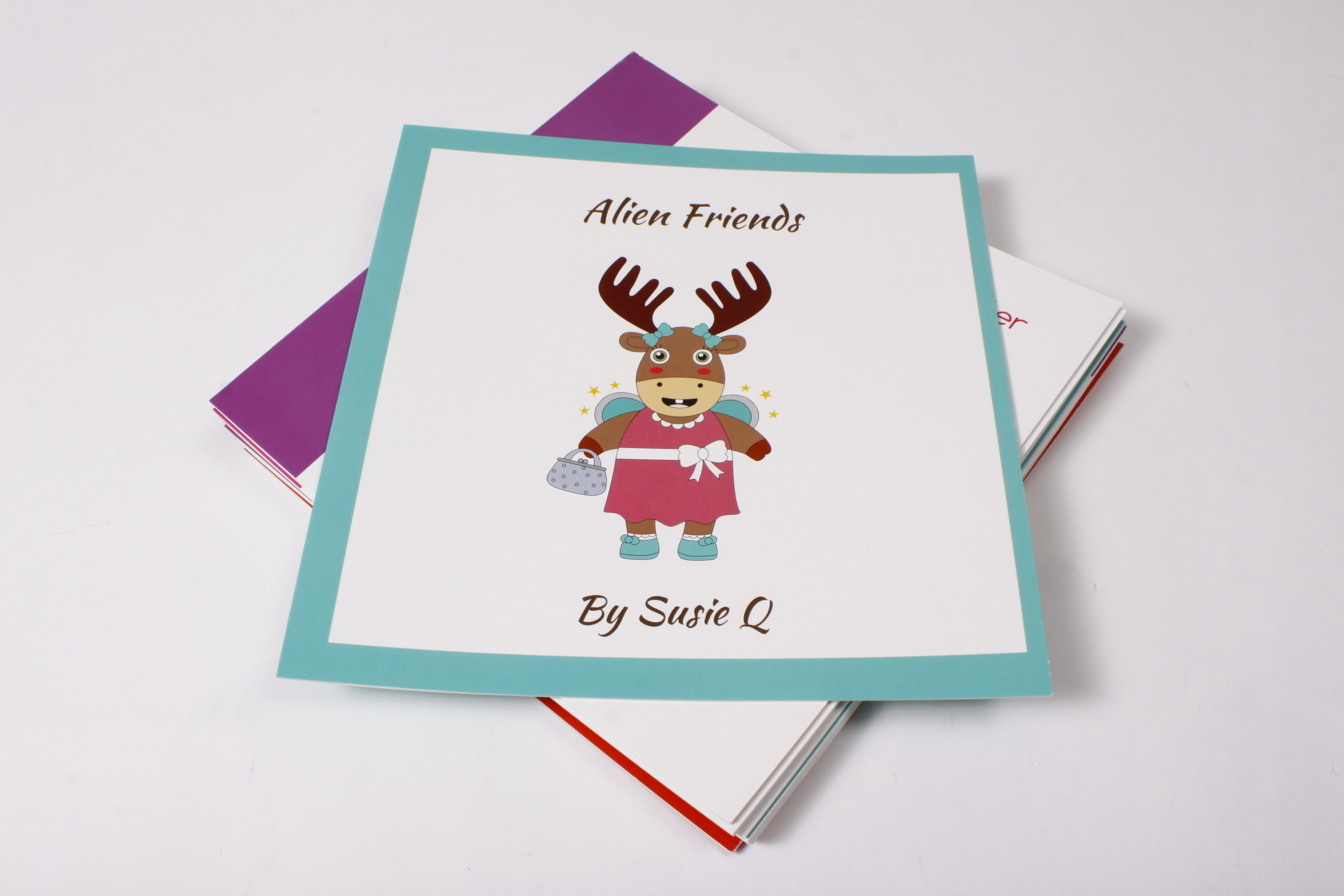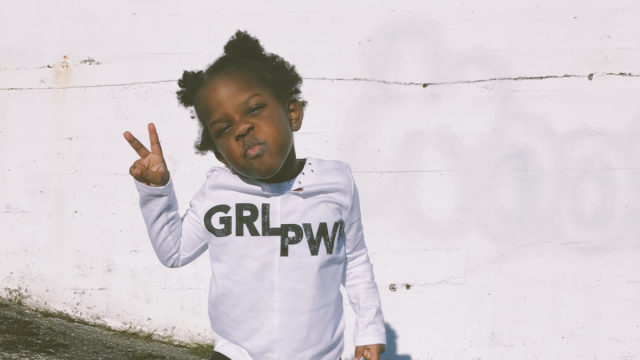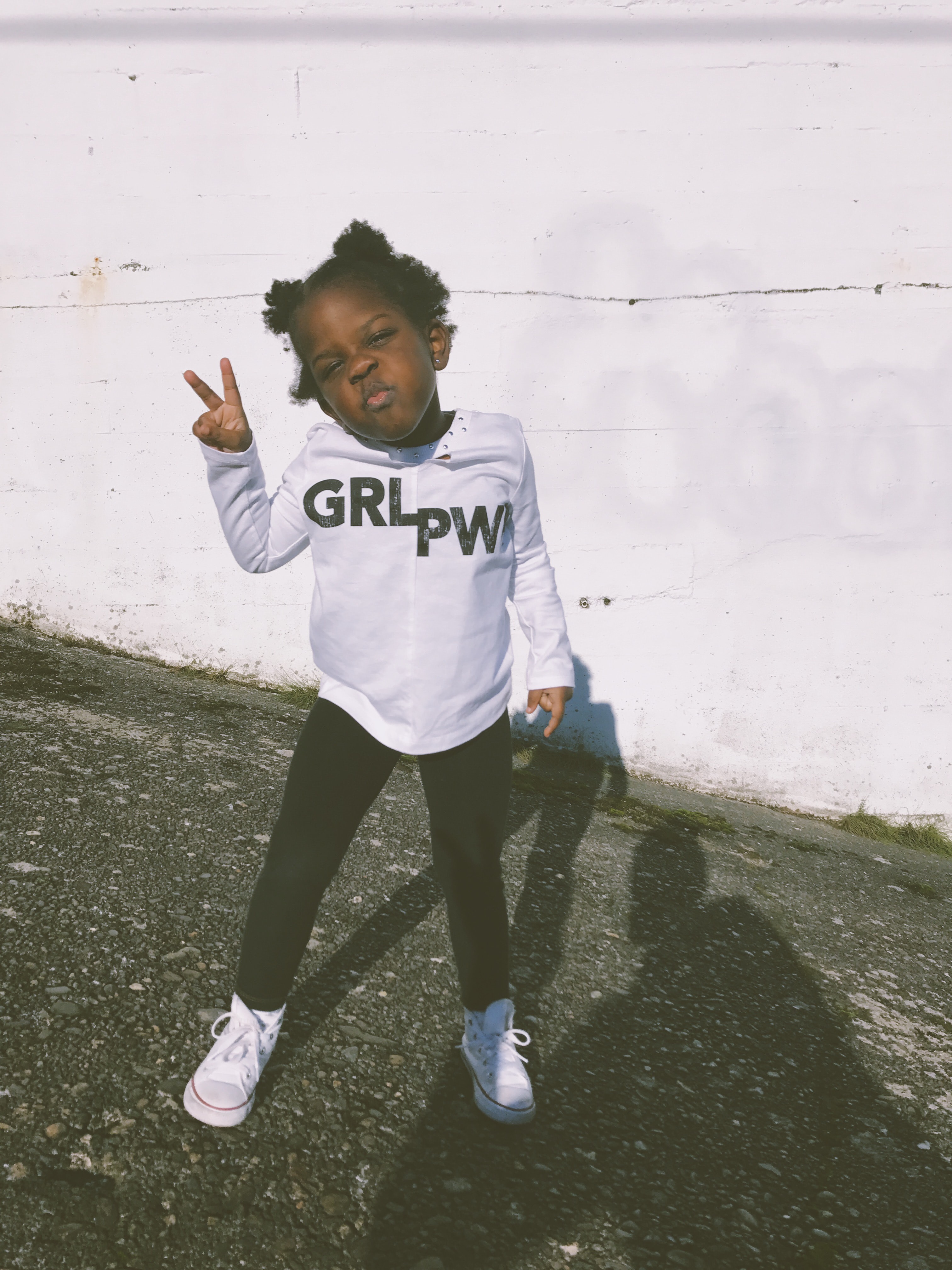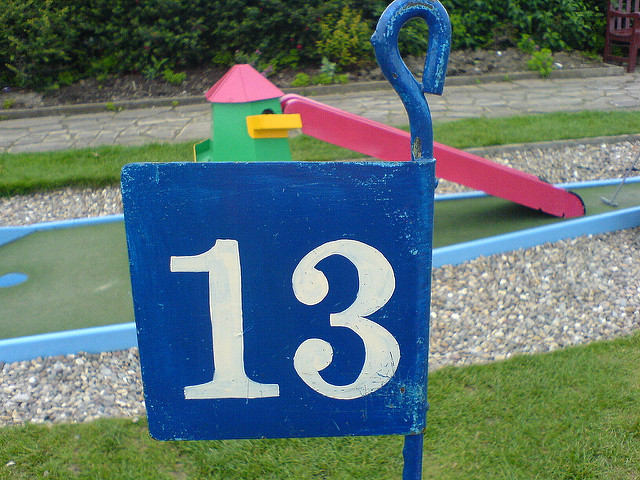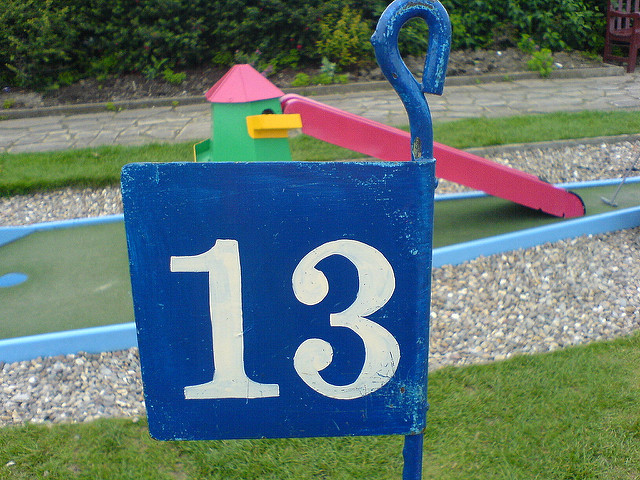If you are looking for a screen-free way to keep the kids entertained, Toyish Labs has created a new flexible play system to keep kids creating. Clixo combines the magic of origami, the ease of building blocks, and the power of magnets.
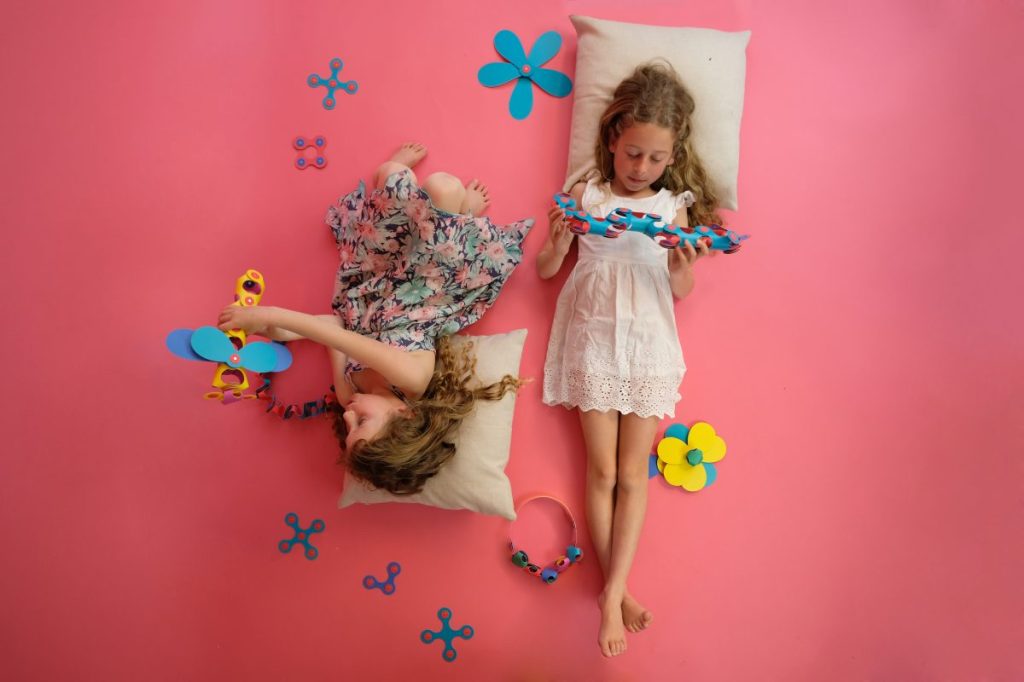
“Toys need just enough structure to help spark creativity, but not so much as to control it,” said Assaf Eshet, Founder and CEO at Toyish Labs. “Clixo isn’t built to collect dust on a shelf. It’s designed to be put together and then immediately be taken apart and rebuilt to form something new. That’s what the real process of creativity is like, and where research suggests we do our best learning.”
Clixo joins Eshet’s other award-winning designs to take free-form expression to the next level. Through intensive R&D, Assaf developed this first-to-market concept that allows children to transform lightweight, flexible pieces from 2D into 3D, clicking inventive ideas into infinite possibilities that can be worn, stuck on the fridge, or even tossed like a ball. The patented and proprietary design of colorful, twisting and interlocking shapes comprised of reinforced paper and durable magnets encourage improvisation, experimentation, and out of the box thinking.
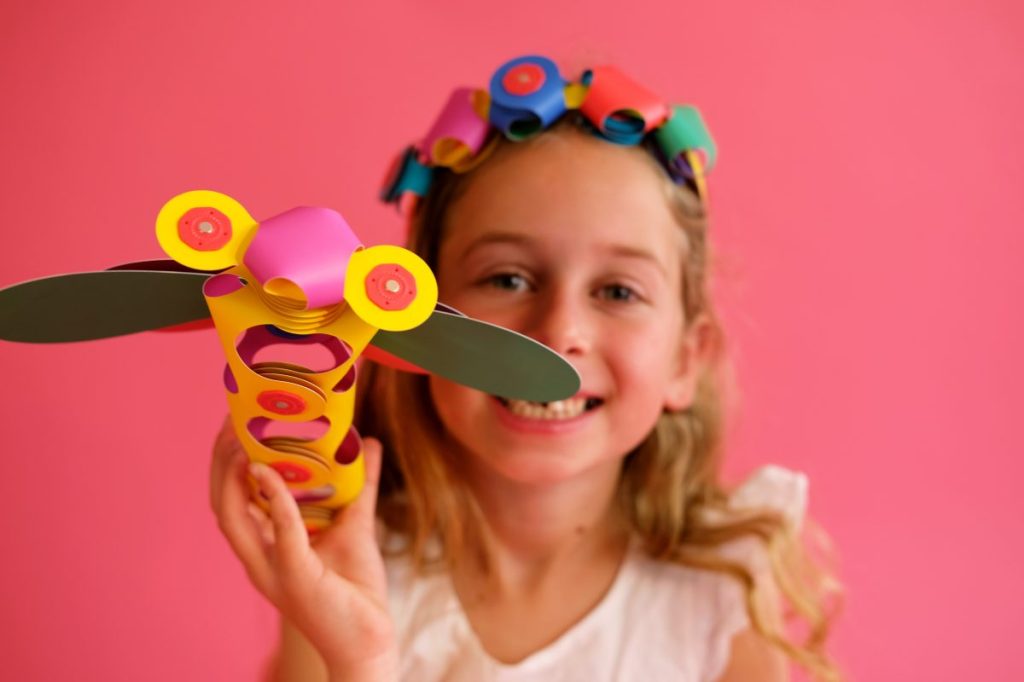
“Clixo is pushing boundaries as a toolbox for self-expression,” added Eshet. “What drives me and my team is a return to simplicity and creativity in play, while helping kids develop STEAM skills. We knew we found the perfect Clixo chape when this philosophy came alive in our hands. We’re excited to let kids own their play while unlocking new pathways to experimentation and imagination.”
Clixo Pack Descriptions:
Itsy Pack ($29.99): With 18 pieces and a quick start guide, the Itsy Pack is the perfect size to stack and pack for independent play or for building (or wearing!) on the go.
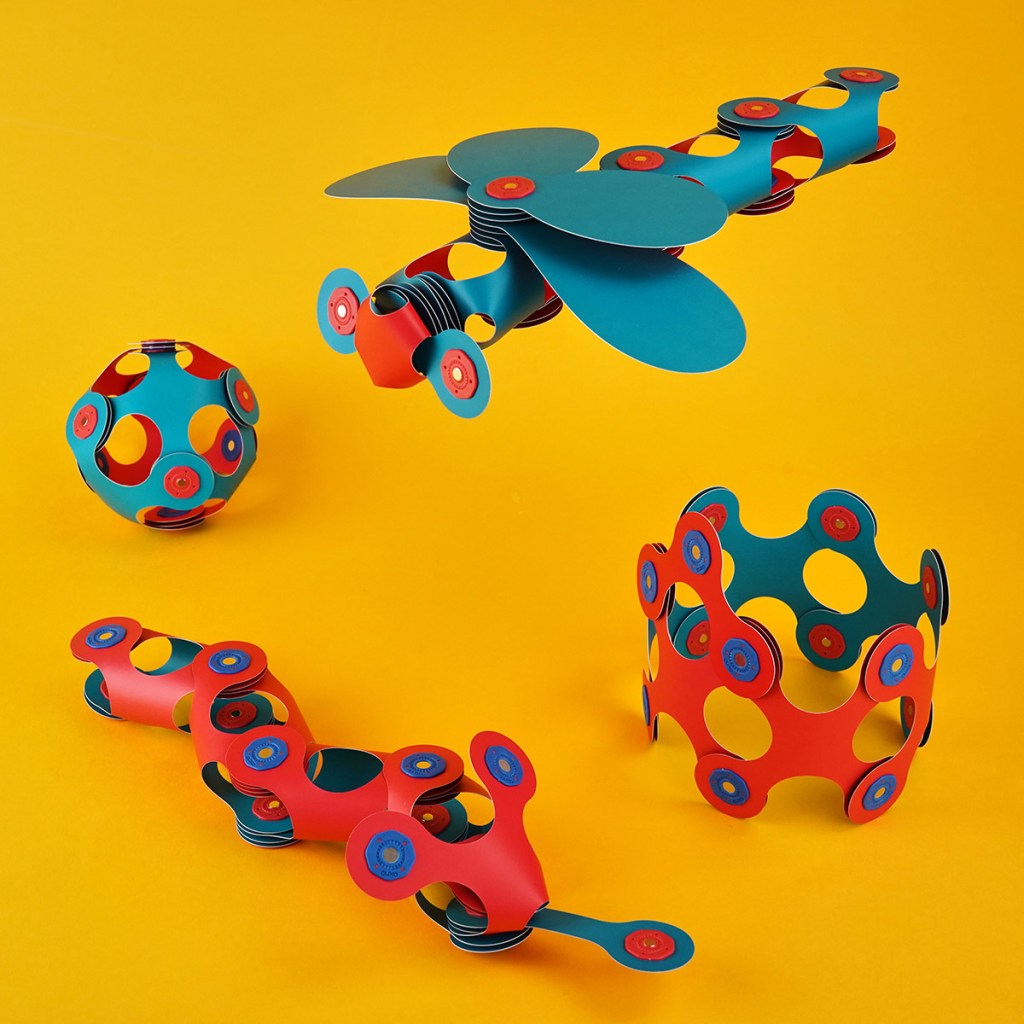
Crew Pack ($44.99): With 28 pieces in 7 different shapes, 2 spinners, and a quick start guide for hours of fun and exploration, the Crew Pack is the value-sized collection, available in 3 different colorways.
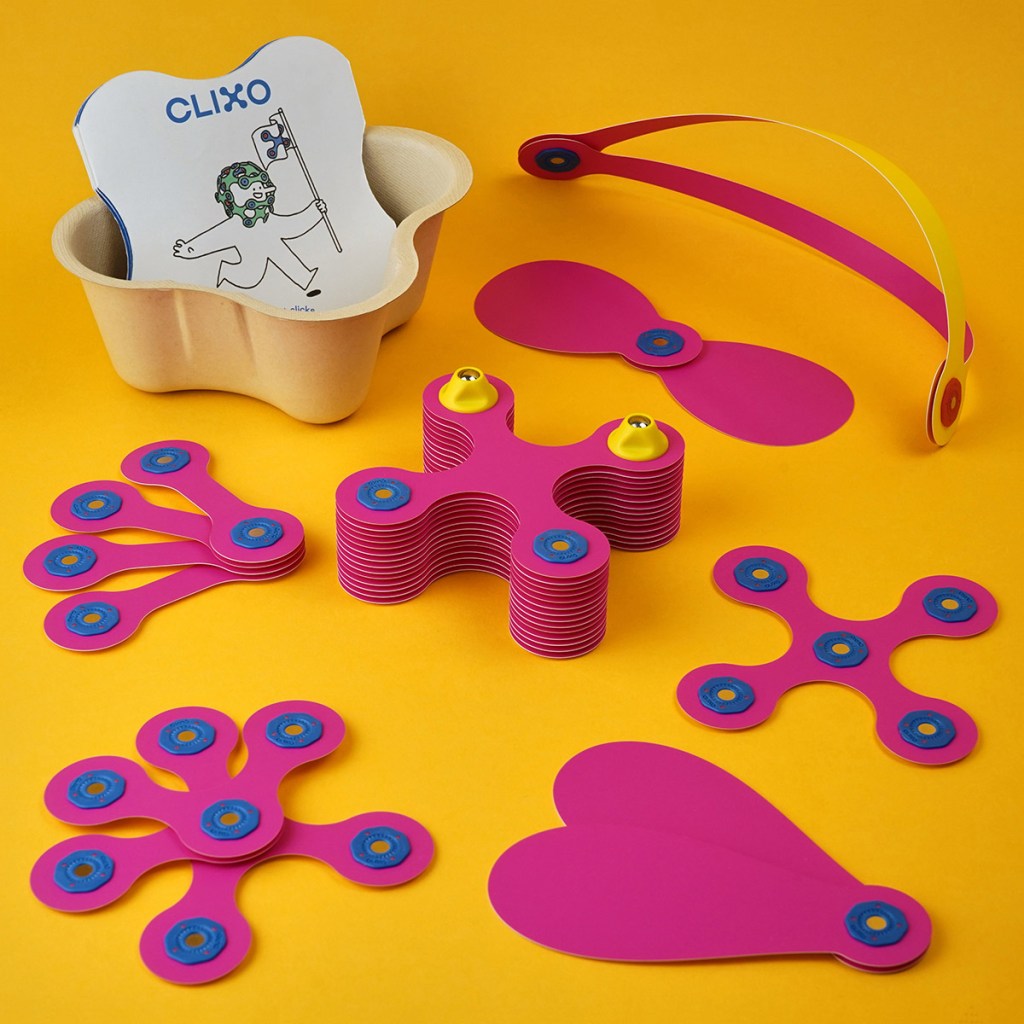
Rainbow Pack ($74.99): With 39 pieces in 7 different shapes in a rainbow of colors, 3 spinners, and a quick start guide, the Rainbow Pack is the largest and most colorful collection and is perfect for larger scale creations or for collaborative fun with other kids.
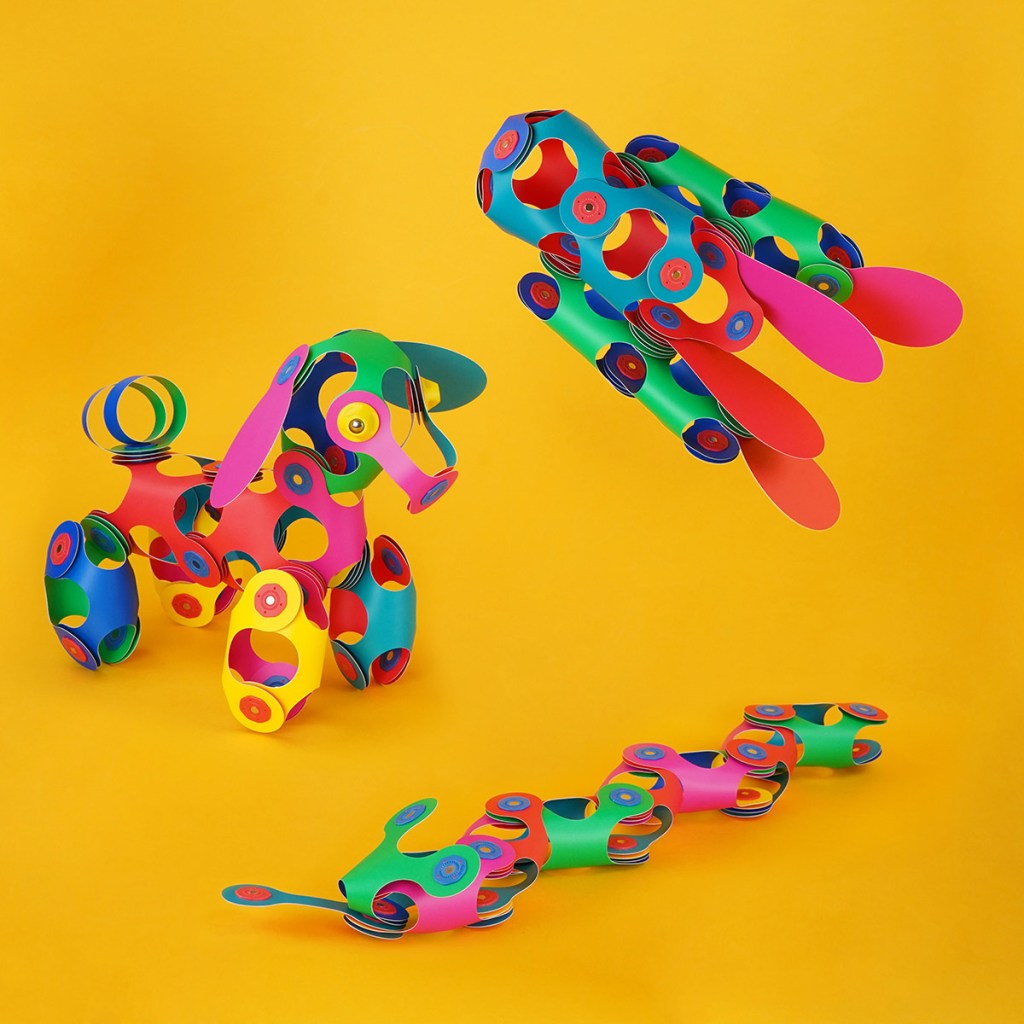
All Clixo Packs come in eco-friendly recycled bamboo packaging that is biodegradable and compostable. The individual pieces are made from reinforced synthetic paper with strong-embedded magnets for maximum safety. Clixo is now available for purchase at www.myclixo.com.
—Jennifer Swartvagher
All photos courtesy of Clixo
RELATED STORIES
LEGO Has a New Streaming Service & It Gives You Access to 1,000+ Videos
These New LEGO Education Sets Bring STEAM Skills to Preschoolers
These New Robotics LEGO Sets Are Perfect for Your STEM-Loving Tweens
